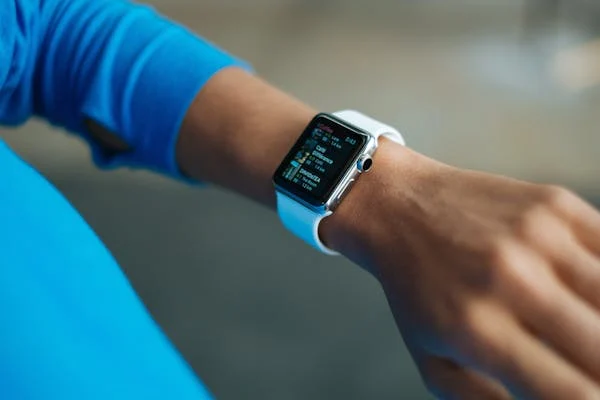Measuring your heart rate variability
A good tool improves the way you work. A great tool improves the way you think.
Jeff Duntemann
⏱ Reading time: 3 minutes
In previous articles, we’ve covered tips for recognizing when you’re stressed and acting on it. Now we want to introduce you to another tool you can use to keep an eye on your stress levels.
That tool is your heart rate variability (HRV).
What is HRV?
While your heart rate is the number of times your heart beats per minute, your HRV indicates the variation in the time between each heartbeat. For example, let’s say your average resting heart rate is 70 beats per minute (bpm). Rather than beating exactly constantly at around 70 bpm, your heart rate actually increases each time you breathe in and slows down as you breathe out. HRV is a measure of this variation.
The more variability your heart demonstrates, the healthier it is. A higher HRV means that your heart is responding, as it should, to the physiological cues it’s receiving from the rest of your body. It is more adaptable to change and better equipped to regulate things, even under stressful conditions. Conversely, a lower HRV indicates that your body is less adaptable to change and stress.
Increasing HRV
You may now be wondering—how can I increase my HRV? Doing things that improve your general cardio health, like regular exercise, helps. So does caring for your mind by managing your stress levels. Deep breathing also proves beneficial. Listen here to Dr. Steffen, an expert in stress management, as he explains the relationship between breathing and HRV to students preparing for a language learning experience abroad.

How to Measure
Many mental health clinics offer biofeedback therapy, through which they teach you to regulate things like your HRV, muscle tension, etc. However, the technology that measures these things is also becoming more accessible to individuals. Some devices, such as newer Fitbits and Apple Watches, measure HRV and can help you track your progress as you implement strategies such as getting regular exercise, quality sleep, and doing biofeedback training such as the deep breathing exercises detailed by Dr. Steffen in the clip above.
Bottom Line
Increasing your HRV can help you better manage stress. Linked here is Dr. Steffen’s full message, a clip of which is included above. You can also view this graphic from BYU’s Stress Management & Biofeedback Services to see a nice visual summary of this information.
Try it Out!
Time required: 5 minutes
Take some time to learn more about the biofeedback resources available to you. Does your university offer such services to students? Perhaps your doctor can recommend something. Find what’s available to you through your insurance and check it out.
Plus, if you have a smart watch:
Take a moment to explore the biofeedback features your watch or phone measures. Does it measure your heart rate? HRV? Breathing rate? Familiarize yourself with its options, then make a plan to track your progress as you practice the breathing exercises you choose.